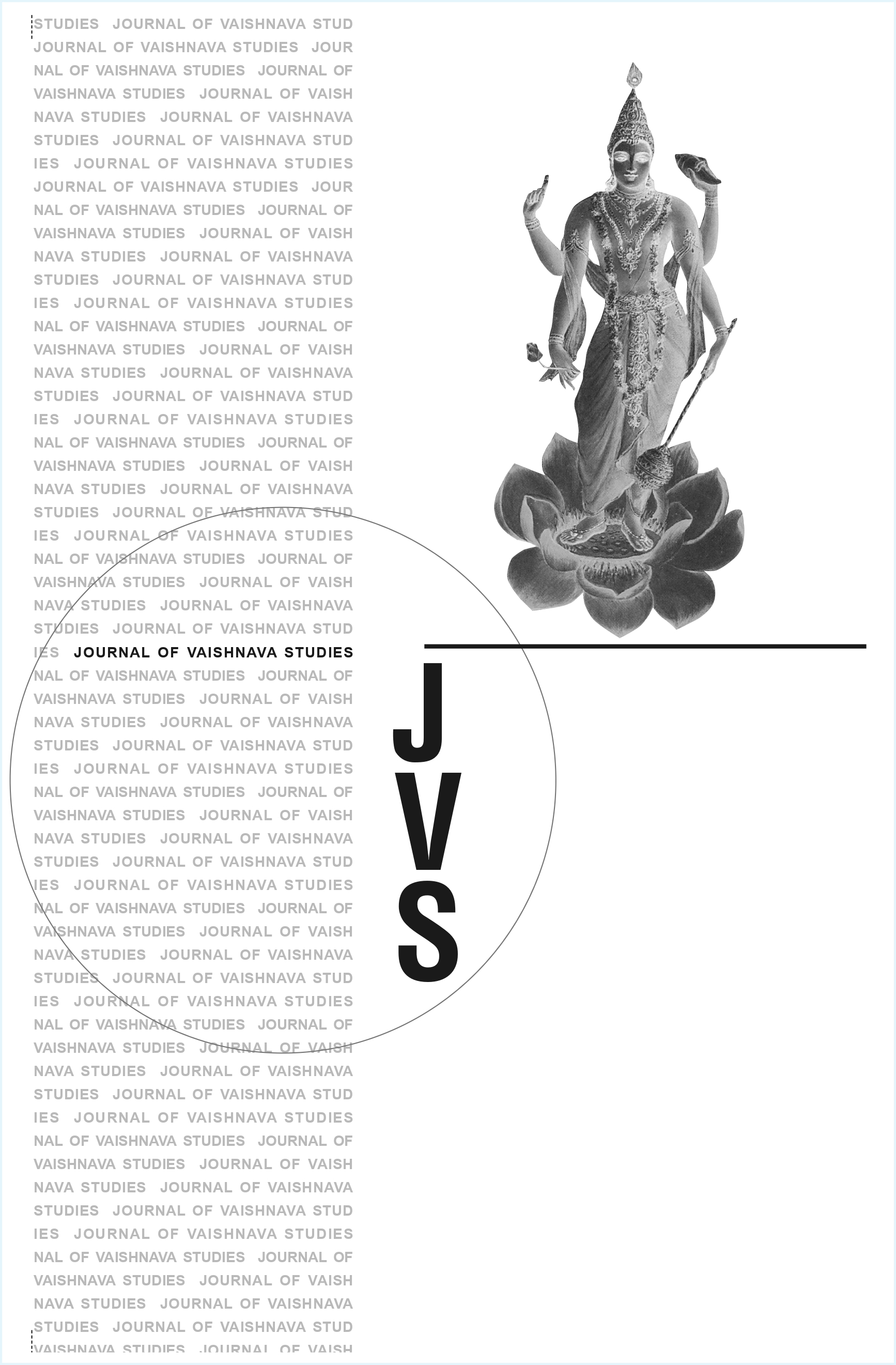Śruti and Smṛti in Rāmānuja’s Vedānta
Keywords:
Sucharita Adluri, Rāmānuja, śruti-smṛti, Viśiṣṭādvaita Vedānta, Bhagavadgītā, scriptural authority, Śrīvaiṣṇava tradition, hermeneutics, vernacular Veda, Tamil bhaktiAbstract
The article "Śruti and Smṛti in Rāmānuja’s Vedānta" by Sucharita Adluri examines how the Viśiṣṭādvaita theologian Rāmānuja integrates both śruti and smṛti into his exegetical framework, challenging hierarchical distinctions between them. Drawing on his commentaries on the Upaniṣads, Vedāntasūtras, and especially the Bhagavadgītā, Adluri shows how Rāmānuja aligns smṛti texts with the epistemological authority of śruti. The article emphasizes that Rāmānuja does not simply subordinate smṛti; rather, he treats it as a complementary voice that articulates Vedic truth in more accessible ways. By exploring Rāmānuja’s hermeneutic method—anchored in the concept of sarvatantra-svatantra (independent thinker within the śāstra)—the study reveals his nuanced engagement with the Bhagavadgītā as both scripture and revelation. Adluri also situates Rāmānuja’s approach in relation to Śrīvaiṣṇava traditions, where Tamil devotional poetry (e.g., Divya Prabandham) is seen as a vernacular extension of Vedic insight. Thus, the article demonstrates how Rāmānuja’s Vedānta reconfigures scriptural boundaries while affirming a theistic, bhakti-centered ontology.Published
2006-12-13
Issue
Section
Articles





